新品未使用HUGO BOSS エンベロープバッグ イタリアンレザー エンボスロゴ
(税込) 送料込み
商品の説明
カラー···ブラック
父親が取引先からいただいたものです。
そのため、正確な商品名はわからないのですが、以下公式HPのものと特徴が同じでしたで、商品名を使用させていただいています。
実物のお写真がもっと必要な場合はお気軽にコメントください!
HUGO BOSS 新品未使用(袋付き)
エンベロープバッグ イタリアンレザー エンボスロゴ
【定価54,】
以下公式HPより抜粋です。
________
⚫︎スタイル CROSSTOWN_S Z ENV P - 50470491
アイコニックなディテールを飾った、BOSSのエンベロープバッグ。イタリアングレインレザーを使用した、卓越した作りが魅力的です。ジップ開閉のデザインに仕上げ、エンボスロゴをあしらいました。 HUGO BOSSは、より環境に配慮した責任ある商品の製造・加工方法を絶えず追求しています。 こちらの商品には、認証済みタナリーから調達したレザーを60%以上使用しました。 サイズ:24 x 21 x 2cm
長さ: 21,0 cm
幅: 2,0 cm
高さ: 24,0 cm
ファスナートップ: ジッパークロージャ―
メタルのディテール: 洗練されたシルバーのハードウェア
インテリアembossedロゴ
パッケージ: 保護バッグ
⚫︎100% カウスキン, ライニング: 100% ポリエステル(再生素材), 見返し: 100% ポリアミド(再生素材)
⚫︎モデルのサイズはONESIで、身長は186 cmで, 胸囲92 cm, ウェスト76 cm と ヒップ87 cm.です商品の情報
| カテゴリー | ファッション > メンズ > バッグ |
|---|---|
| 商品の状態 | 新品、未使用 |
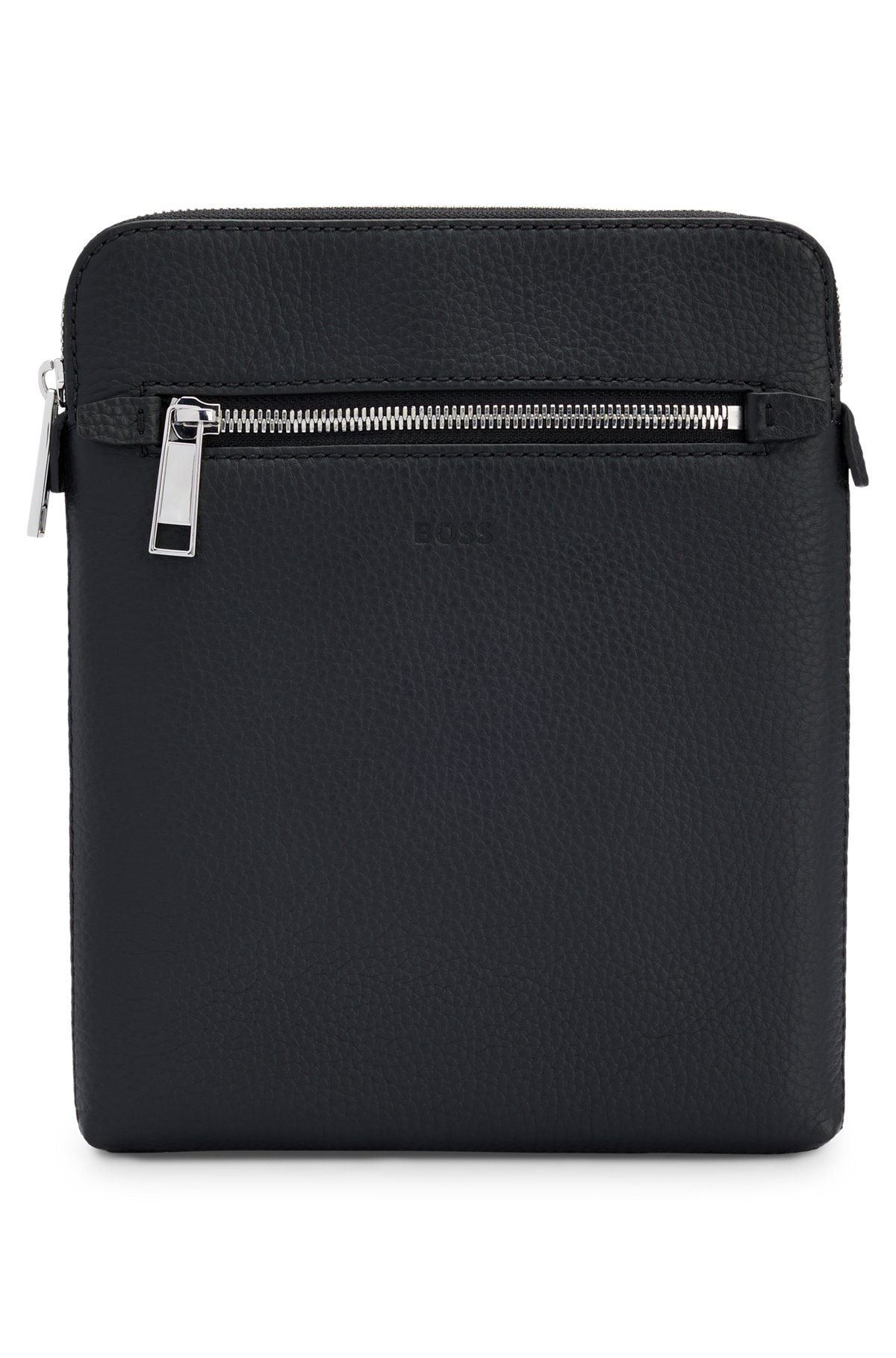
BOSS - エンベロープバッグ イタリアンレザー エンボスロゴ
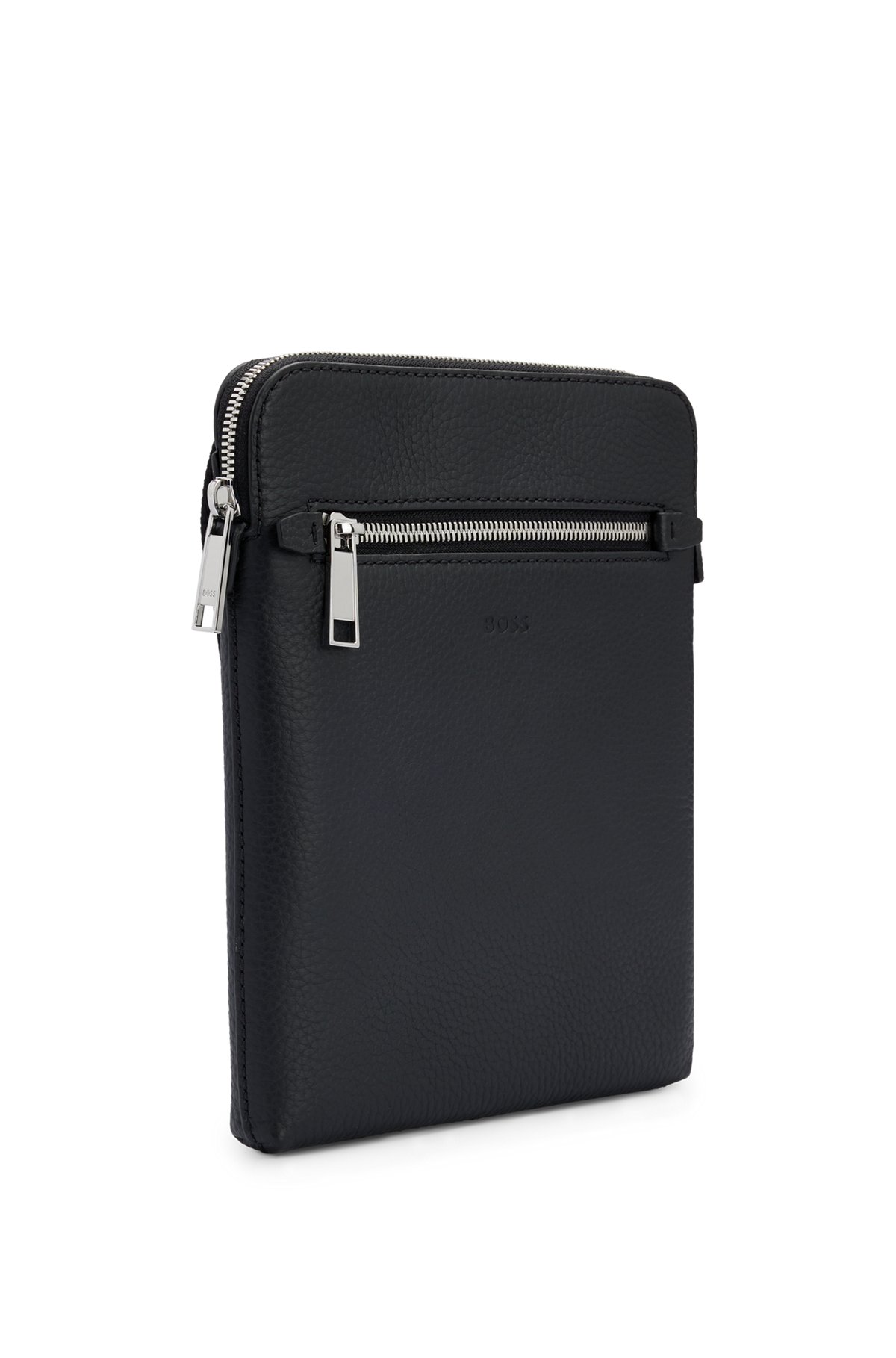
BOSS - エンベロープバッグ イタリアンレザー エンボスロゴ
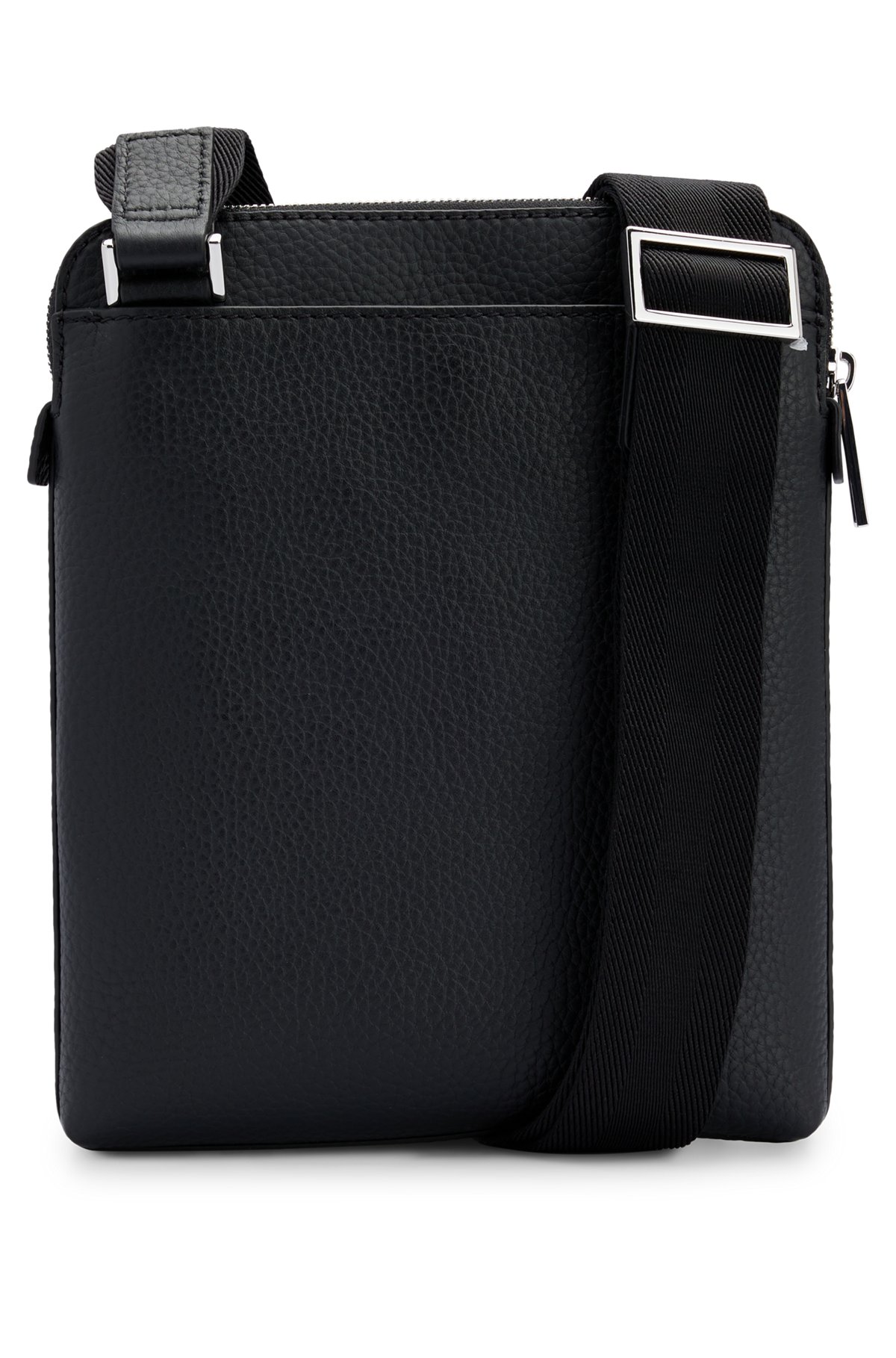
BOSS - エンベロープバッグ イタリアンレザー エンボスロゴ

新品未使用HUGO BOSS エンベロープバッグ イタリアンレザー エンボス
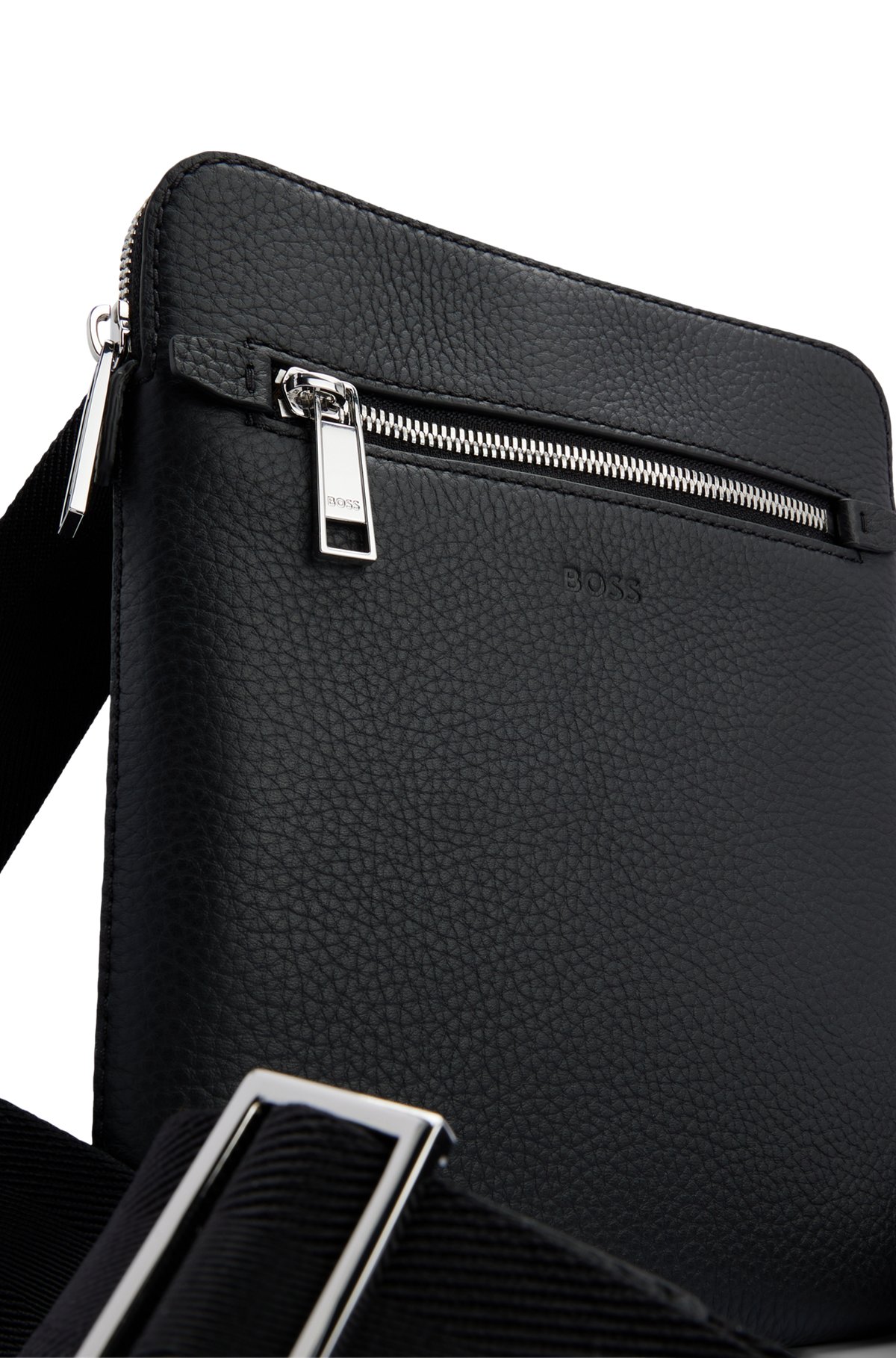
BOSS - エンベロープバッグ イタリアンレザー エンボスロゴ
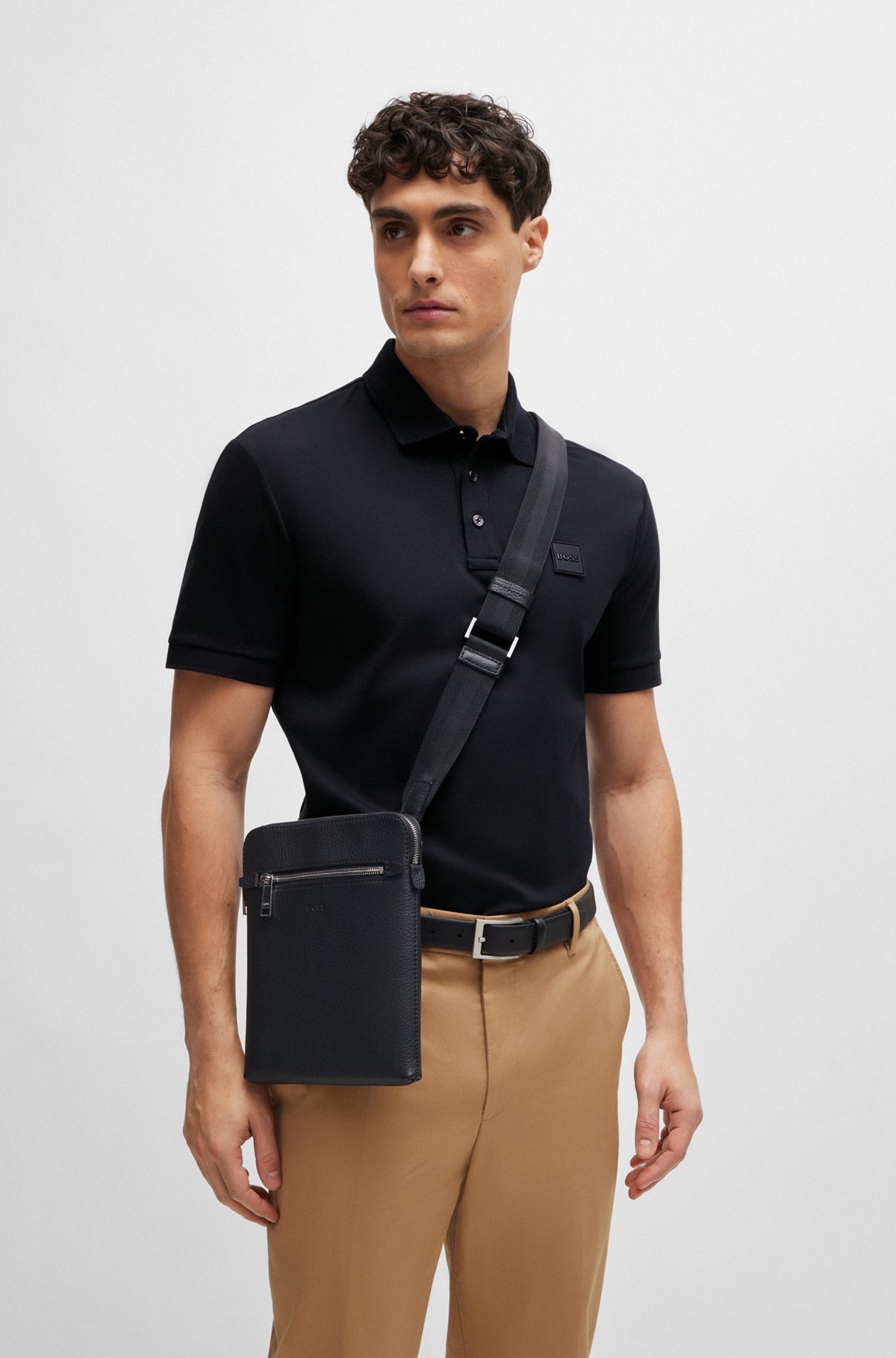
BOSS - エンベロープバッグ イタリアンレザー エンボスロゴ
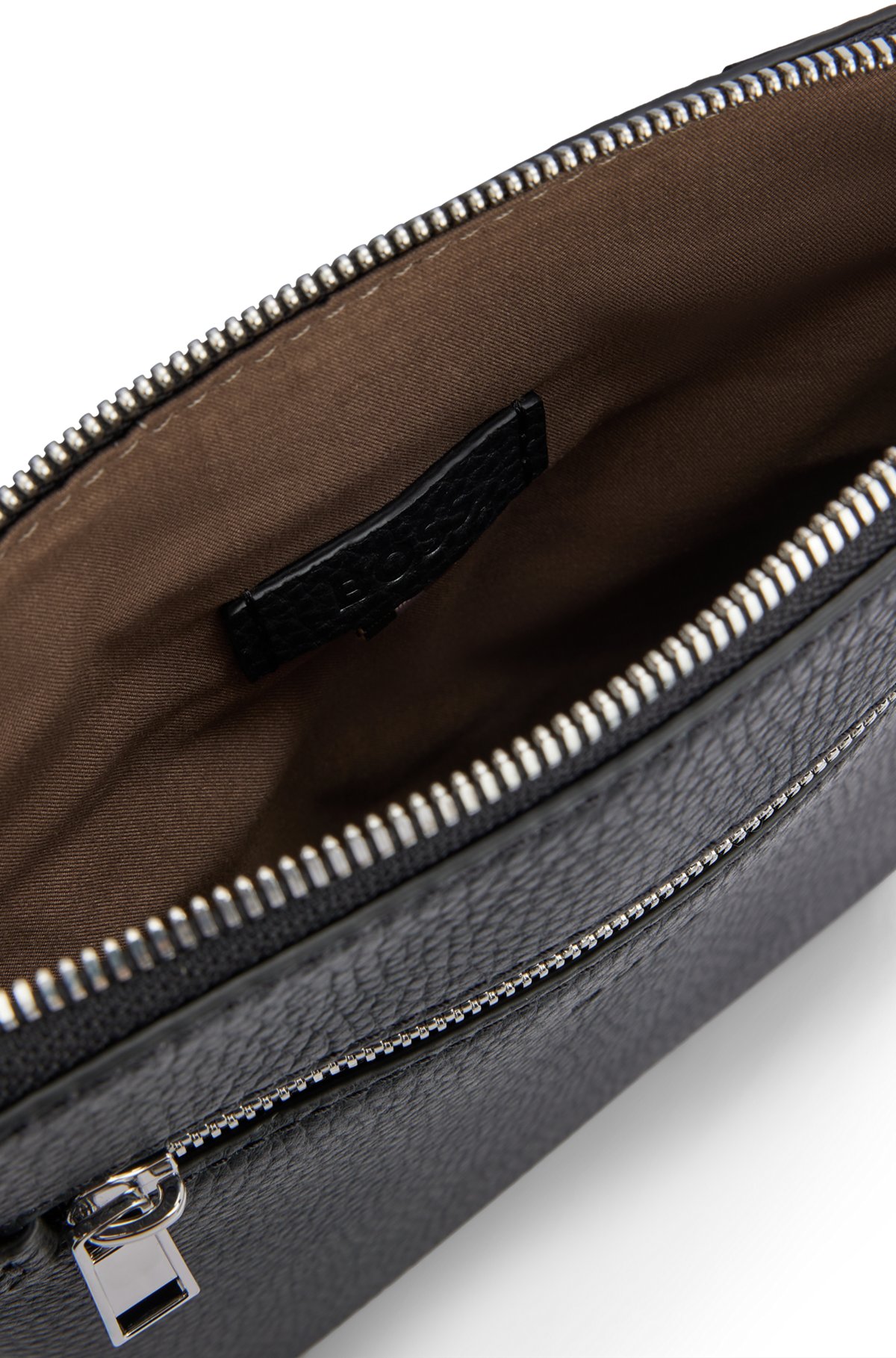
BOSS - エンベロープバッグ イタリアンレザー エンボスロゴ

BOSS イタリアングレインレザー エンベロープバッグ (Hugo Boss
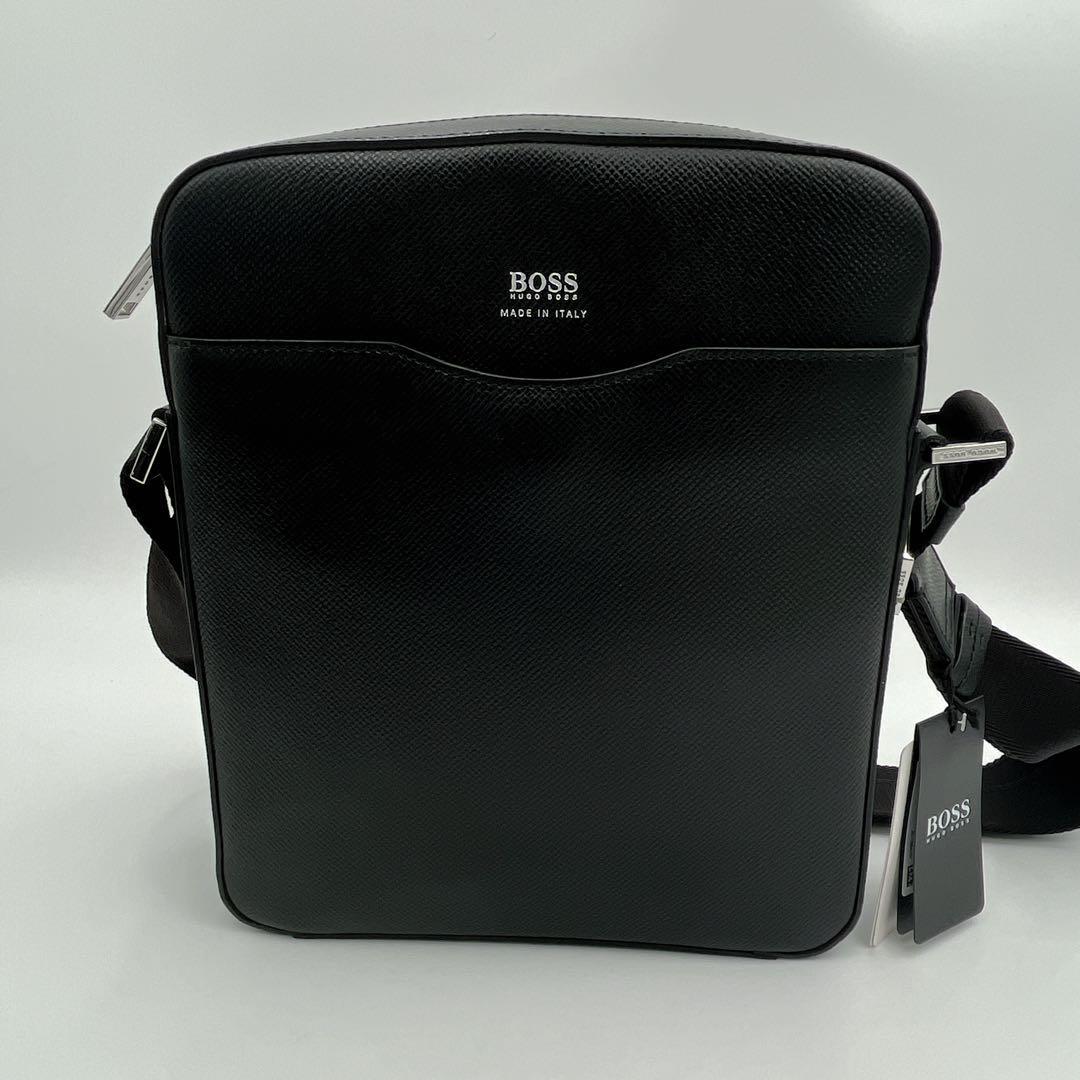
新品未使用HUGO BOSS エンベロープバッグ イタリアンレザー エンボス
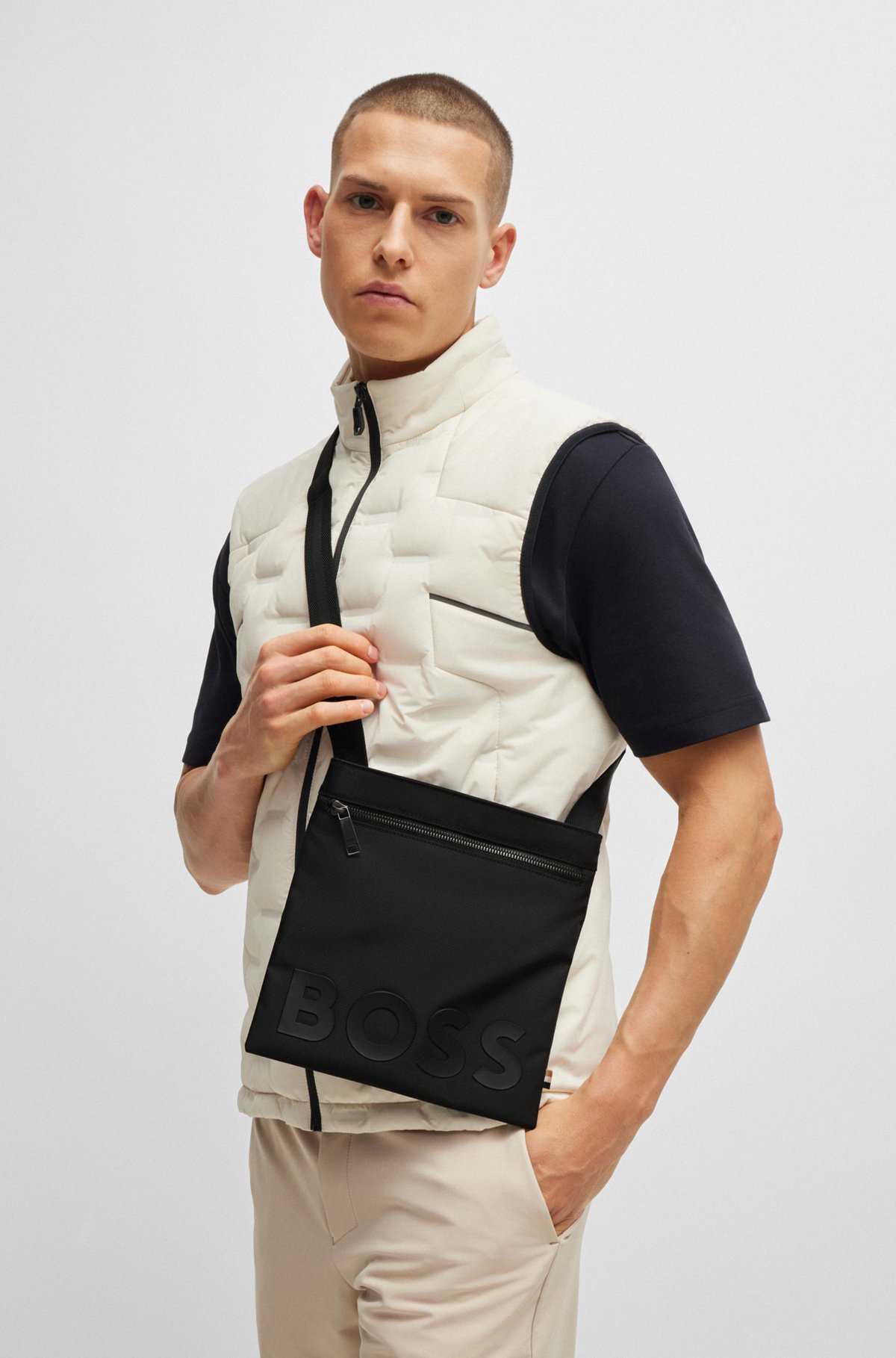
BOSS - ロゴ エンベロープバッグ ストラクチャード リサイクルマテリアル

新品未使用HUGO BOSS エンベロープバッグ イタリアンレザー エンボス
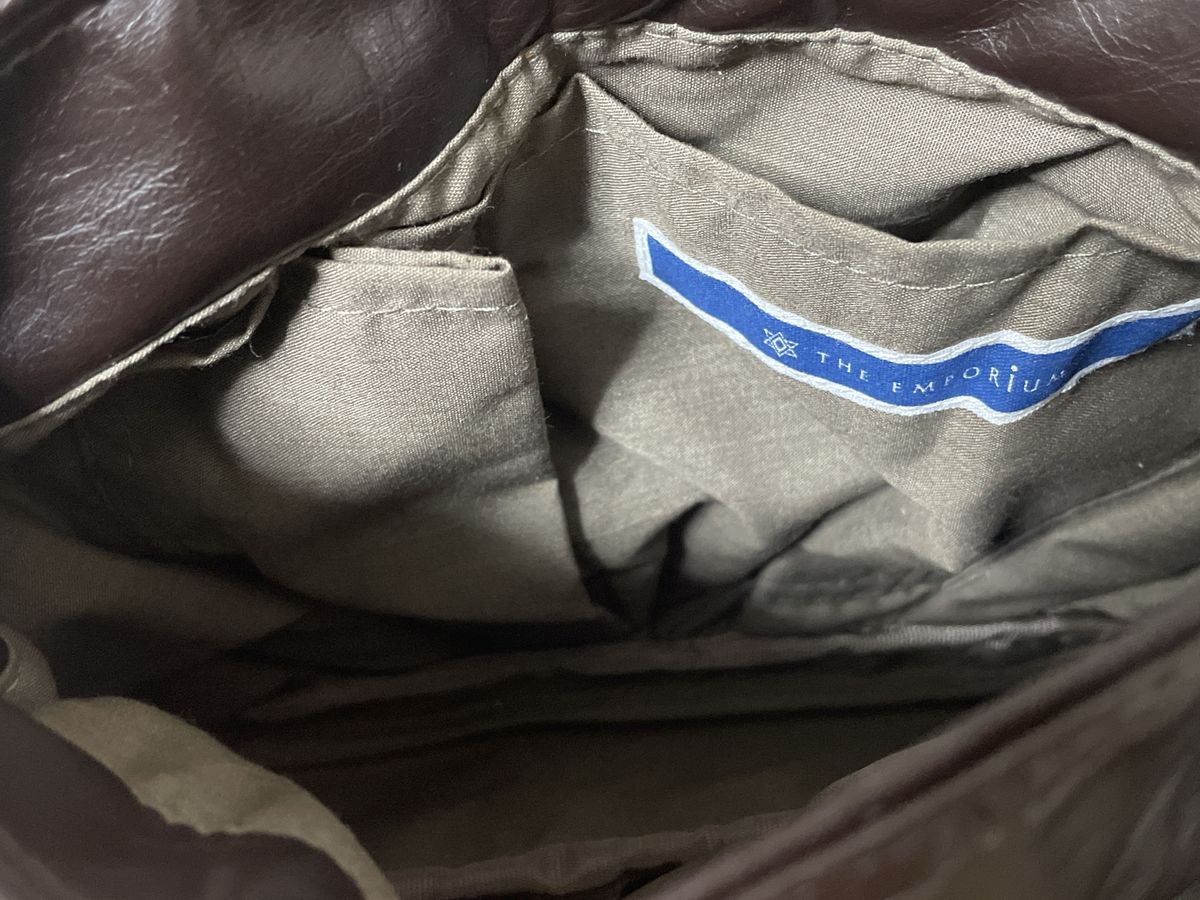
新品未使用HUGO BOSS エンベロープバッグ イタリアンレザー エンボス

ショルダーバッグ バッグ イタリアンレザー レポーターバッグ エンボスロゴ

ショルダーバッグ バッグ イタリアンレザー レポーターバッグ エンボスロゴ

新品未使用HUGO BOSS エンベロープバッグ イタリアンレザー エンボス
![Amazon | [ボス] イタリアンレザー レポーターバッグ エンボスロゴ](https://m.media-amazon.com/images/I/71TO-JMznML._AC_SL1500_.jpg)
Amazon | [ボス] イタリアンレザー レポーターバッグ エンボスロゴ
![Amazon | [ボス] イタリアンレザー レポーターバッグ エンボスロゴ](https://m.media-amazon.com/images/I/81Jpqz3UsxL._AC_UY580_.jpg)
Amazon | [ボス] イタリアンレザー レポーターバッグ エンボスロゴ

イタリアングレインレザー フロントジップポケット エンベロープバッグ
![Amazon | [ボス] イタリアンレザー レポーターバッグ エンボスロゴ](https://m.media-amazon.com/images/S/aplus-media-library-service-media/797880b7-cb7c-4055-99a2-34eeb7de0674.__CR0,0,320,320_PT0_SX300_V1___.jpg)
Amazon | [ボス] イタリアンレザー レポーターバッグ エンボスロゴ

新品未使用HUGO BOSS エンベロープバッグ イタリアンレザー エンボス

030911○ HUGO BOSS イタリアングレインレザー モノストラップ-

ショルダーバッグ バッグ イタリアンレザー レポーターバッグ エンボスロゴ

ショルダーバッグ バッグ イタリアンレザー レポーターバッグ エンボスロゴ

BOSS イタリアングレインレザー エンベロープバッグ (Hugo Boss

ショルダーバッグ バッグ イタリアンレザー レポーターバッグ エンボスロゴ
![Amazon | [ボス] イタリアンレザー レポーターバッグ エンボスロゴ](https://m.media-amazon.com/images/I/71CkRwG4-wL._AC_SL1500_.jpg)
Amazon | [ボス] イタリアンレザー レポーターバッグ エンボスロゴ

新品未使用HUGO BOSS エンベロープバッグ イタリアンレザー エンボス
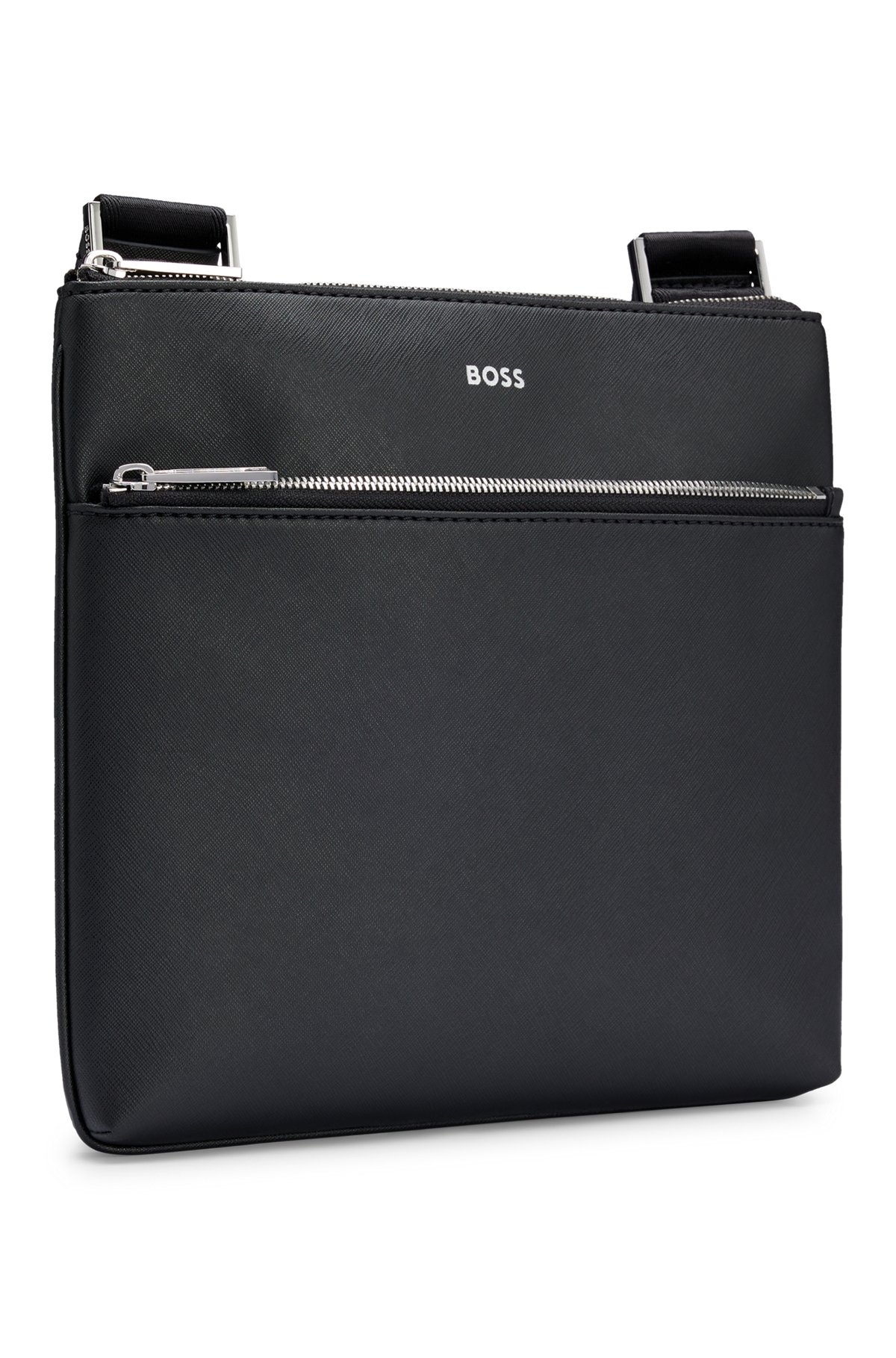
BOSS - ストラクチャードレザー エンベロープバッグ ロゴディテール

ショルダーバッグ バッグ イタリアンレザー レポーターバッグ エンボスロゴ

新品未使用HUGO BOSS エンベロープバッグ イタリアンレザー エンボス
![[ボス] イタリアンレザー レポーターバッグ エンボスロゴ](https://m.media-amazon.com/images/I/71dwL nGeyL._AC_UY580_.jpg)
[ボス] イタリアンレザー レポーターバッグ エンボスロゴ
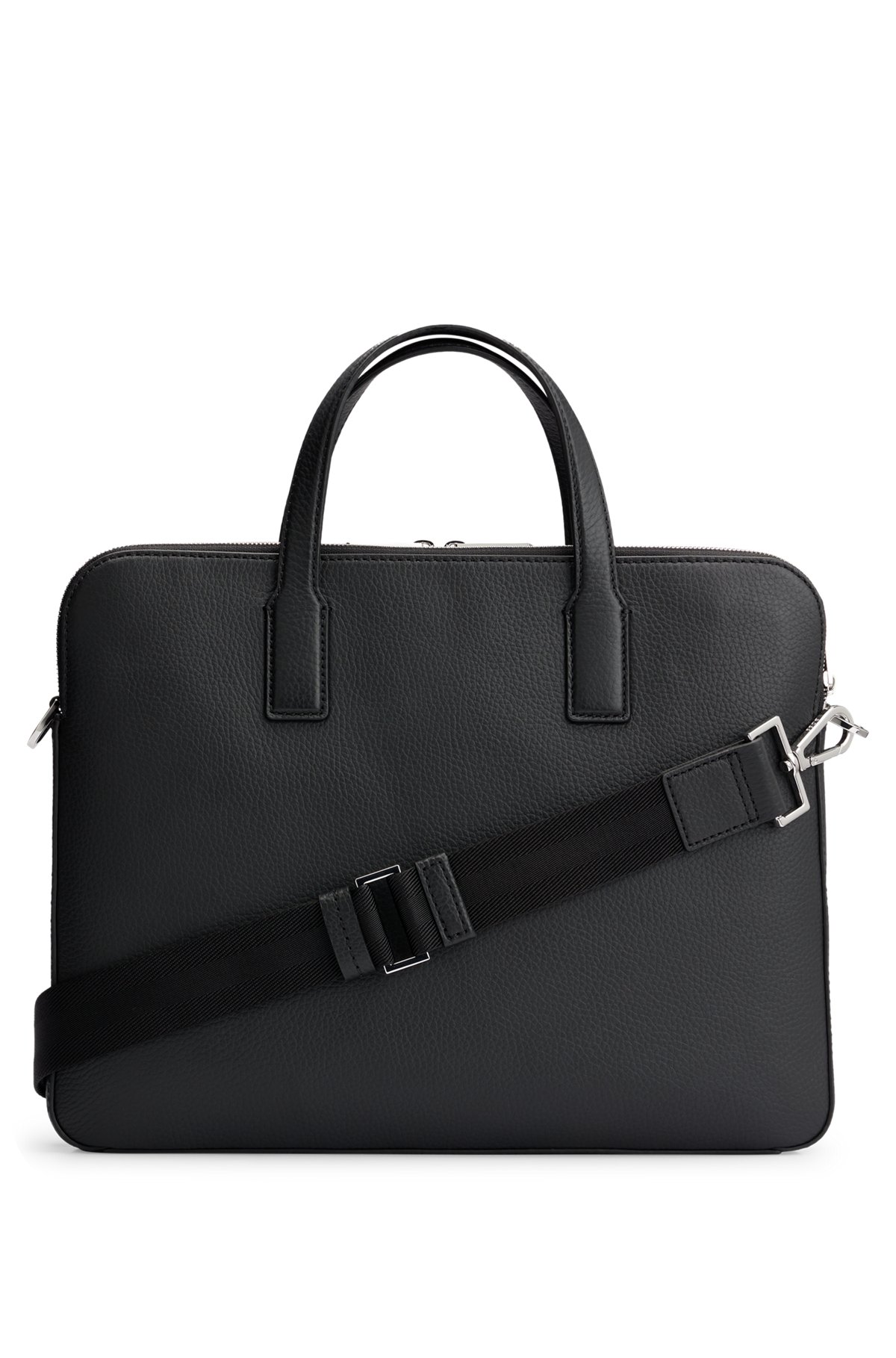
BOSS - ジップ ドキュメントケース イタリアンレザー エンボスロゴ

新品未使用HUGO BOSS エンベロープバッグ イタリアンレザー エンボス

イタリアングレインレザー フロントジップポケット エンベロープバッグ

ショルダーバッグ バッグ イタリアンレザー レポーターバッグ エンボスロゴ
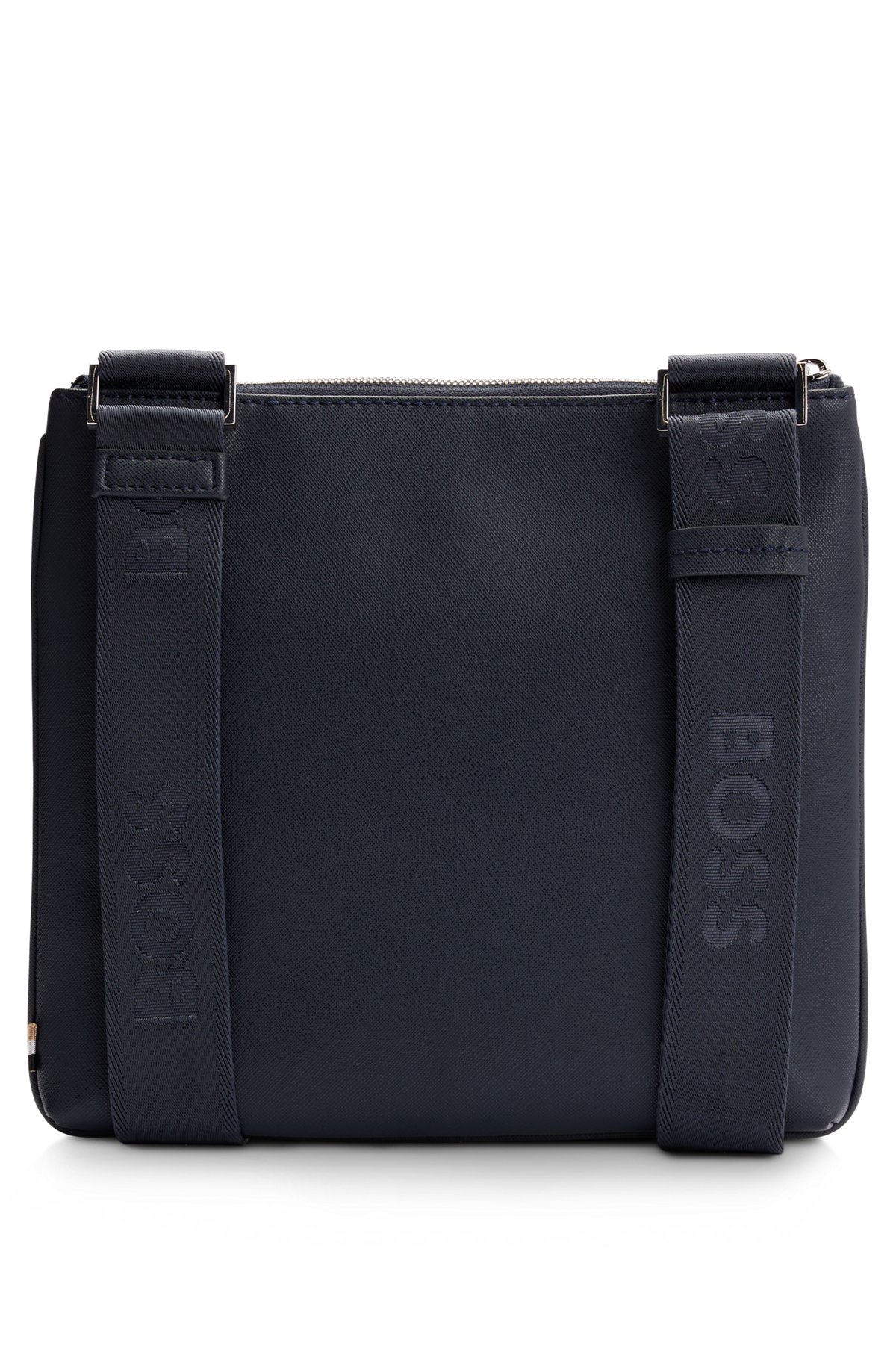
BOSS - ストラクチャードレザー エンベロープバッグ ロゴディテール
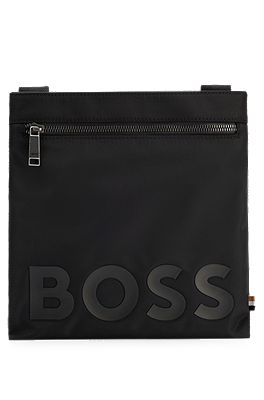
BOSS - ロゴ エンベロープバッグ ストラクチャード リサイクルマテリアル

ショルダーバッグ バッグ イタリアンレザー レポーターバッグ エンボスロゴ

BOSS イタリアングレインレザー エンベロープバッグ (Hugo Boss

ショルダーバッグ バッグ イタリアンレザー レポーターバッグ エンボスロゴ











商品の情報
メルカリ安心への取り組み
お金は事務局に支払われ、評価後に振り込まれます
出品者
スピード発送
この出品者は平均24時間以内に発送しています














